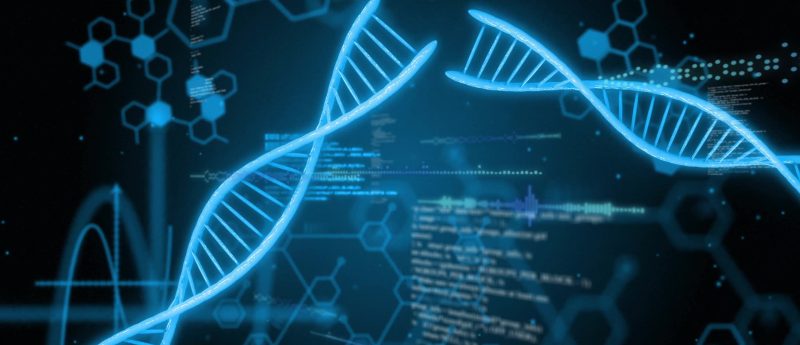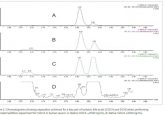European Bioanalysis Forum recommendation on method establishment and bioanalysis of biomarkers in support of drug development

Biomarkers have become increasingly important in drug development and many bioanalysts are getting involved. Consequently, different views on how to approach the bioanalysis of biomarkers have been published or are being developed. The European Bioanalysis Forum has intensively discussed this topic since 2010 and is ready with their recommendation on method establishment and bioanalysis of biomarkers. Acknowledging that the challenges step outside the bioanalytical laboratory is a cornerstone of our recommendation. The importance of integrating all scientific aspects, from purely analytical aspects, all the way to understanding the biology and effects of the biomarker, prior to embarking on method establishment or sample analysis, cannot be underestimated. Close and iterative interactions with the teams requesting the data is imperative to develop a bioanalytical strategy that combines science, analytical performance and regulations. The European Bioanalysis Forum developed a straightforward decision tree to help the scientific community in developing a bioanalytical strategy for any biomarker in drug development.
In this manuscript, the European Bioanalysis Forum (EBF) reports back from their internal discussions on the method establishment and bioanalysis of biomarkers in support of drug development performed in the regulated bioanalytical environment. Initially, these discussions were an integral part of an EBF subteam assigned to provide a recommendation on the practical implementation of the tiered approach principles. This subteam started their activities in 2008, following up on the publication of the Crystal City III proceedings [1] and have already reported back on a first deliverable: application of the tiered approach applied in the quantification of metabolites in relation to the Metabolites in Safety Testing guideline [2]. In 2010, the EBF wanted to give priority to a recommendation in light of the ongoing Metabolites in Safety Testing discussions after the publication of the related regulatory guidances [101,102].
Click here for the full article.






